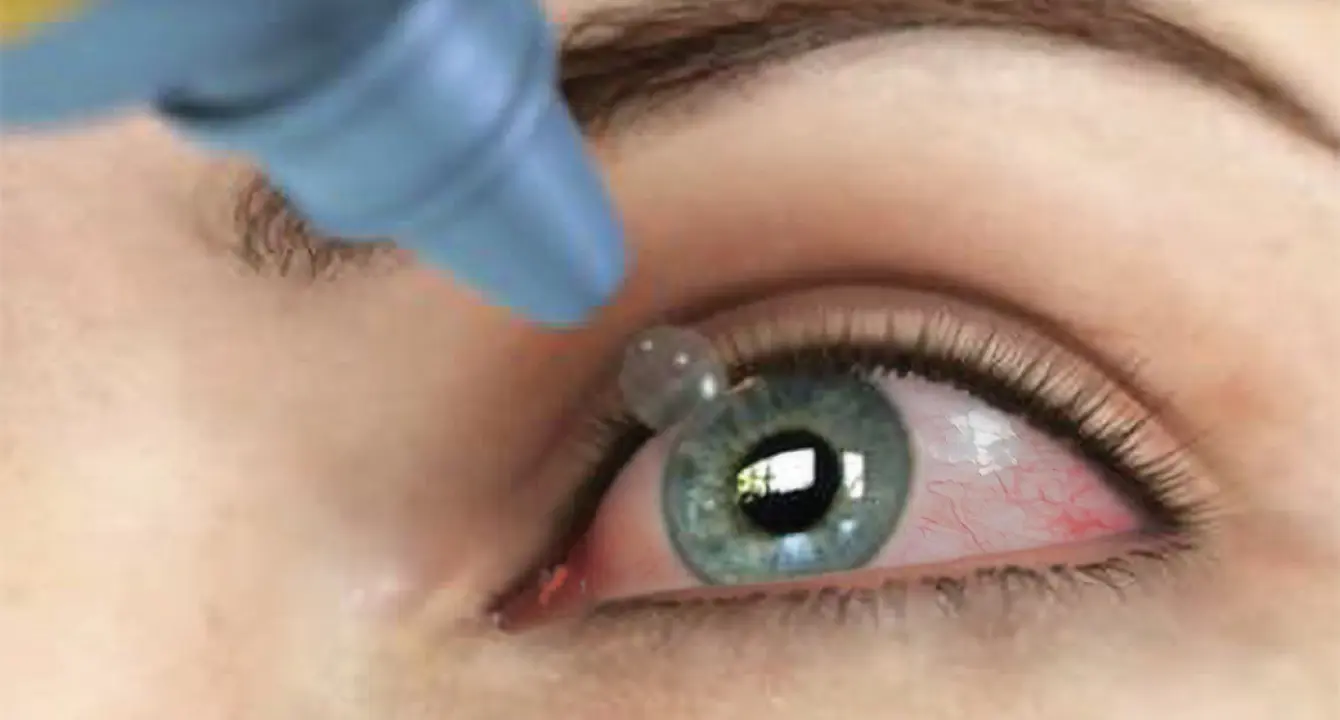Managing Your Glaucoma
GLAUCOMA TREATMENT OPTIONS
Some common ways to treat glaucoma include eye drop medications, conventional surgery, and a state-of-the-art Micro-Invasive Glaucoma Surgery known as MIGS.

PRESCRIPTION EYE DROPS
The most common treatment for high intraocular pressure (IOP) and glaucoma is prescription eye drops. However, glaucoma medications are bothersome to many and are associated with side effects such as:
- Eye redness
- Changing color of the iris
- Droopy eyelids
- Darkening skin around the eye
Glaucoma medications can also interfere with your routine for the rest of your life, requiring you to make time to take them daily, ensure they are applied correctly, and continue paying for refills.
Research has shown that more than 90% of patients are non-adherent with their prescription eye drops for glaucoma, and nearly 50% stop taking their medications before 6 months.1
Even when taking glaucoma medications, you may still be at risk of disease progression.2
Micro-Invasive Glaucoma Surgery (MIGS)
Now, more micro-invasive surgical options are available for patients who are interested in effective glaucoma management without having to rely solely on the continuous use of prescription medications.
MIGS is a proven option to reduce eye pressure that can provide 24/7 control of your glaucoma by using microdevices that can’t be seen or felt. Also, unlike more invasive glaucoma surgeries, MIGS is a safer, simpler option with a faster recovery time.

ISTENT INFINITE® IS A REVOLUTIONARY MIGS DEVICE TO EFFECTIVELY MANAGE GLAUCOMA
References
- Nordstrom BL, Friedman DS, Mozaffari E, Quigley HA, Walker AM. Persistence and adherence with topical glaucoma therapy. Am J Ophthalmol. 2005;140(4):598-606.
- Malihi M, Moura Filho ER, Hodge DO, Sit AJ. Long term trends in glaucoma-related blindness in Olmsted County, Minnesota. Ophthalmology. 2014;121(1):134–141.